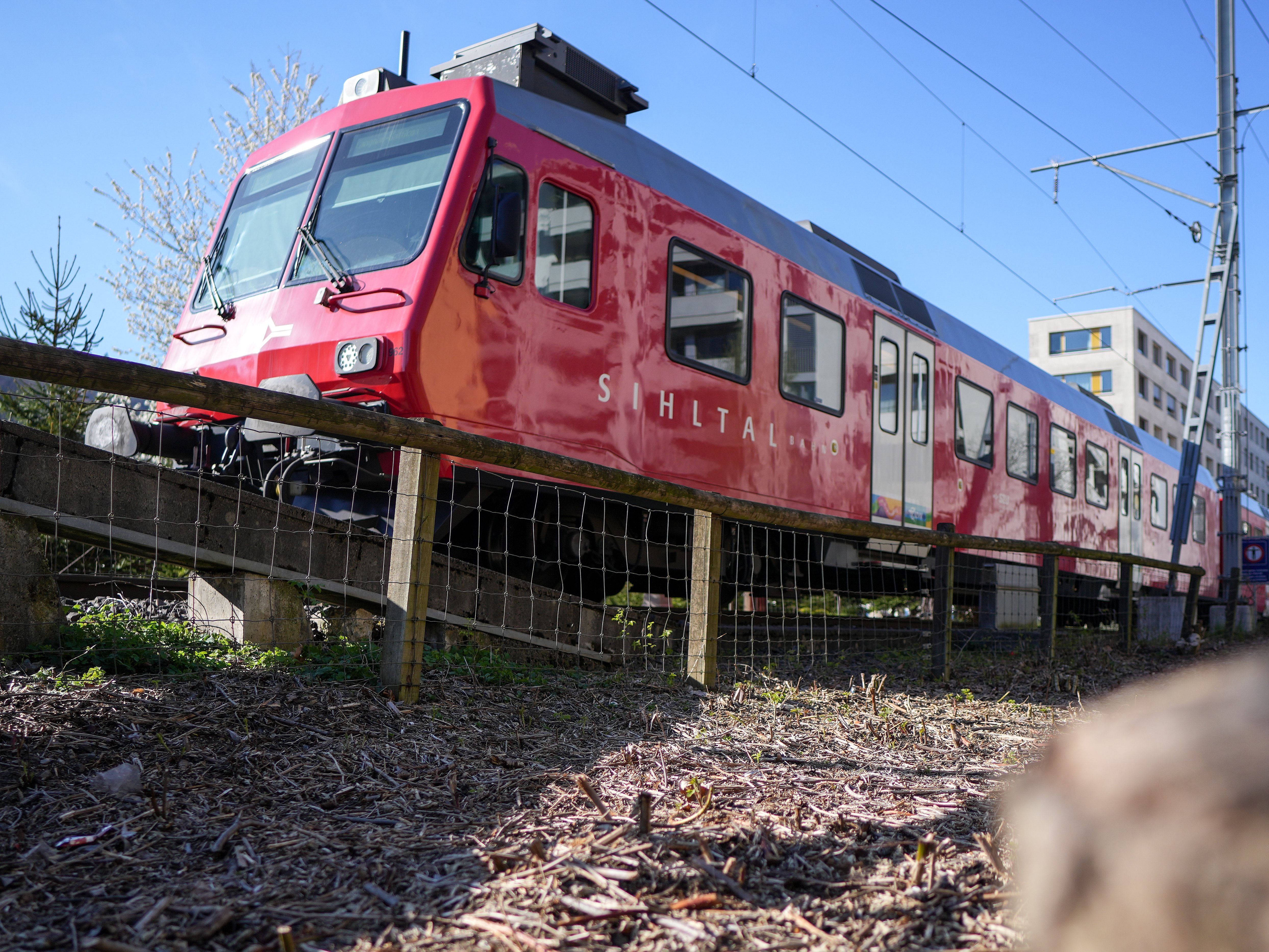Impulses
Today's business world is fast-moving. We offer you regular inspiration on current topics and developments. We share our insights and practical experience with you, give you a look behind the scenes of projects and present our ideas for the living spaces of tomorrow.
Article
Railroad GIS: SZU sets course for digital
The Sihltal Zürich Uetliberg Bahn (SZU) expects passenger volumes to double over the next few years. It was therefore looking for a solution to make its asset management more efficient and automate its reporting. The railroad company opted for digitalization and implemented a railroad GIS together with Basler & Hofmann.

Impetus for sustainable living spaces
Your contact for media inquiries
We are happy to answer media inquiries and arrange interviews with experts in the field.

